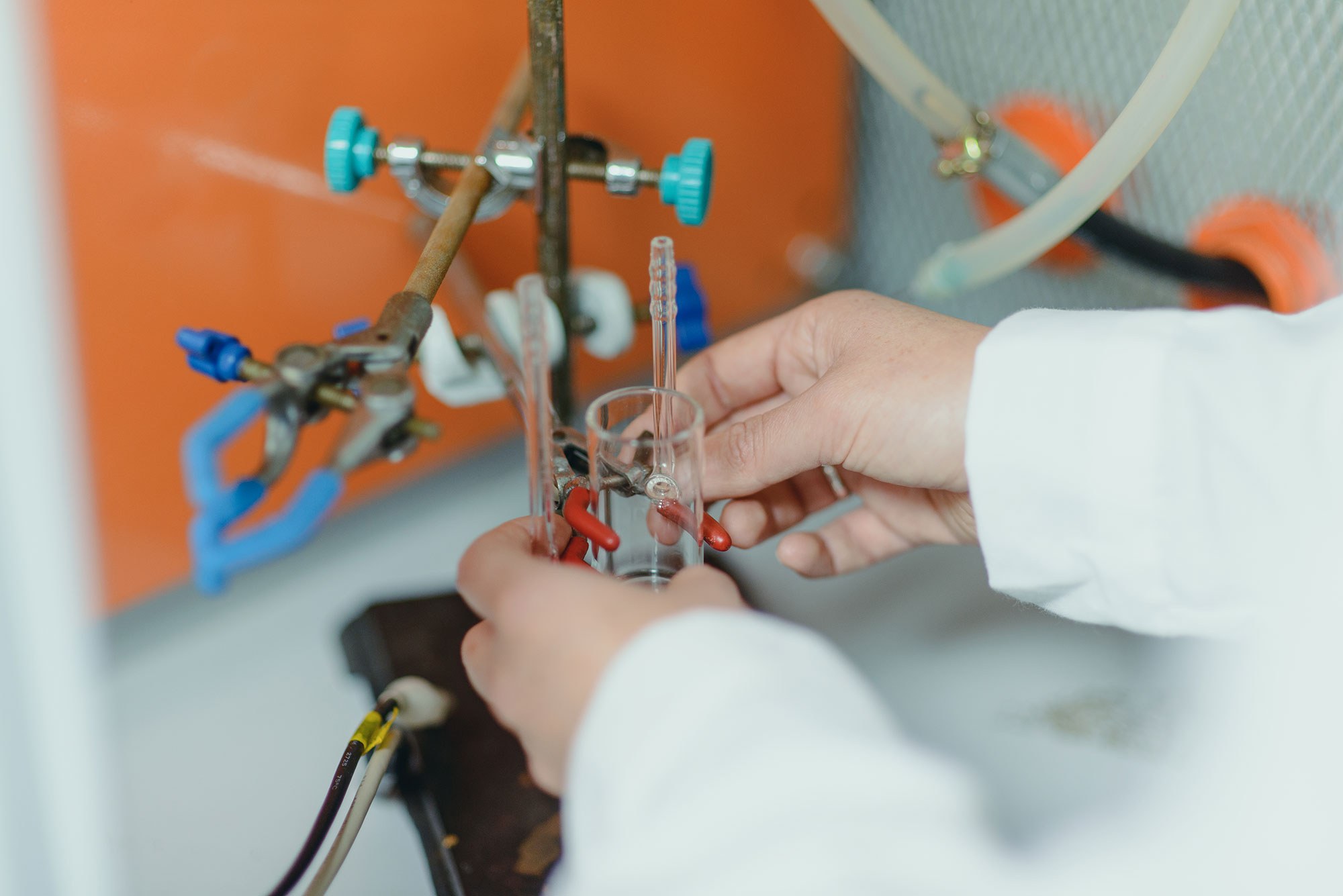Salinas-Jiménez, R., Vera, G., Tobar, M., Moscote, J., Acha, G., Herrera-Vásquez, A., Rojas-Rivera, D., Vidal, E. A., Miyasaka Almeida, A. & Ahumada, M. (2024). Mg–Al LDH nanosheets as a nanotechnological tool in agriculture: an exploratory toxicity evaluation study. Environmental Science: Nano, 11(5), 2249-2261. https://doi.org/10.1039/D3EN00733B
Abstract: In this work, we studied the impact of a Mg–Al layered double hydroxide (LDH) nanosheet formulation—nanoparticles recently recommended for the industry owing to their use as a carrier for the controlled delivery of agrochemicals. The prepared Mg–Al LDH had a lateral size close to 35 nm, a positively charged surface (+34.6 mV), and a flake-like shape. Its potential toxicity in plants was evaluated in protoplasts from Arabidopsis thaliana and on the leaves of A. thaliana and Solanum lycopersicum using leaf infiltration assays. Furthermore, the toxicity of the nanoparticles was evaluated in Botrytis cinerea and Trichoderma atroviride, two fungal organisms commonly present in agricultural contexts. The results indicate that the Mg–Al LDH is not toxic for protoplasts within the tested range (0–1000 ng μL−1), with some cell death associated with an osmotic/ionic strength effect. Moreover, leaf infiltration assays did not show damage after 48 h treatment. Finally, the nanoparticles did not affect the growth rate of the pathogenic fungus Botrytis cinerea up to 750 ng μL−1, while the plant growth-promoting and bio-controller fungi Trichoderma atroviride showed an increase in its growth rate at all the tested concentrations, particularly over 250 ng μL−1. Together, these results indicate that the concentrations of the Mg–Al LDH employed in this work are not toxic and could be utilized in agriculture as a carrier for agrochemicals. Further studies should be performed to unravel any potential toxicity of nanoparticles, and this research strongly contributes to uncovering any potential toxicity of Mg–Al LDH for agriculture.
Manuel Ahumada
manuel.ahumada@umayor.cl


